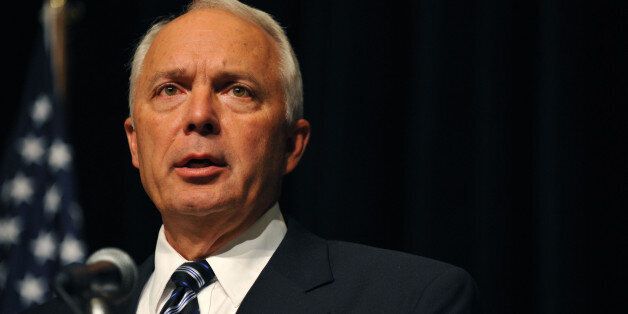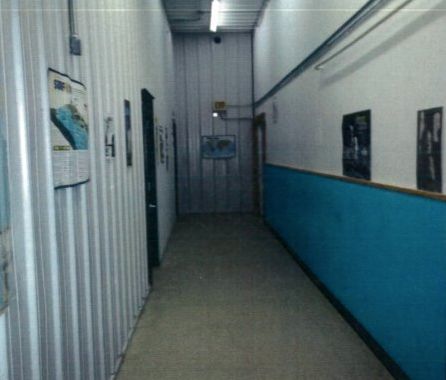
Federally funded schools for Native American children have languished over decades of insufficient funding and mismanagement. At a hearing Thursday morning, congressional lawmakers pressed the federal officials in charge on what they plan to do.
”If these were our loved ones going to these schools, there is little doubt we would march down Pennsylvania Avenue to demand real change," said Rep. John Kline (R-Minn.), chairman of the House Education and the Workforce Committee. "The challenges facing these particular Native American students have been neglected for far too long from members on both sides of the aisle."
Testifying before the committee was Charles Roessel, executive director of the Bureau of Indian Education, which oversees some 180 schools around the country. These schools, which teach less than 10 percent of the Native American student population, are known for poor test scores and dilapidated facilities.
Also appearing before the panel was William Mendoza, executive director of the White House Initiative on American Indian and Alaska Native Education.
The Bureau of Indian Education is currently undergoing a structural reorganization to improve operational support for the schools -- including teacher recruitment, facilities management and educational technology -- and to build up the ability of the Native tribes to run the schools themselves.
In recent months, the White House has also undertaken a series of new initiatives for Native American youth, including $3 million in grants to help Native youth become more college- and career-ready.
As a White House report on Native American youth released in December said, "Native youth and Native education are in a state of emergency. Low rates of educational attainment perpetuate a cycle of limited opportunity for higher education or economic success for American Indians and Alaska Natives."
Lawmakers pressed Mendoza and Roessel about the changes taking place and how these changes would make an impact.
"Questions have been raised about whether this will address the fundamental problems facing the system or simply rearrange the chairs at the department," said Kline. "Questions have also been raised about whether this reorganization is being done in a timely manner or being delayed by the same bureaucratic wrangling that has plagued these schools for decades."
Roessel said his agency has been working to improve communication with local tribes. He said it has introduced an online newsletter and is consulting with tribal members about how to improve schools.
Mendoza pointed out that Education Secretary Arne Duncan has also visited Indian Country 11 times and participated in roundtable events with Native youth. The White House launched the Generation Indigenous initiative in February, which is designed to remove barriers to success for Native youth through "new investments and increased engagement."
Lawmakers asked especially about what is being done to improve the bureau's school buildings, many of which are in poor condition. The Bug-O-Nay-Ge-Shig School in northern Minnesota, for example, has leaky roofs, often smells like sewage and operates with hallways so narrow that students cannot safely evacuate in emergencies.
"You’ve got collapsing roofs, leaking roofs, gas leaks -- that’s totally unacceptable," Kline said of his experience touring Bug-O-Nay-Ge-Shig School. He said the agency is spending hundreds of thousands of dollars on repairing school buildings that should simply be replaced.
However, the agency cannot get rid of the Bug-O-Nay-Ge-Shig buildings, Roessel said, until it finishes replacing schools on a 2004 priority list. Roessel said the agency should have a new list of schools in need of replacement over the summer.
"Current outcomes for American Indian and Alaska Natives are unacceptable. ... We can and must fix this," said Mendoza.

